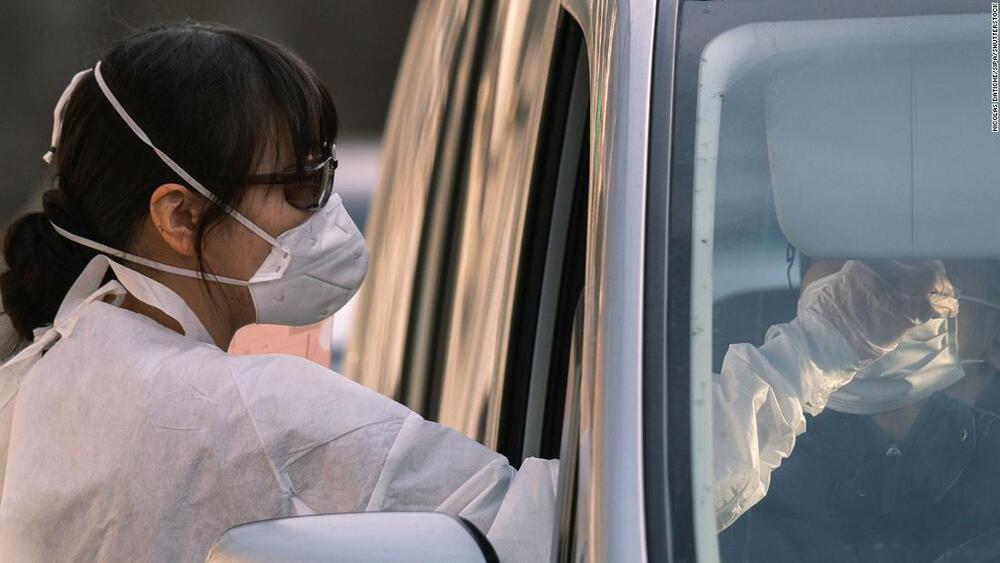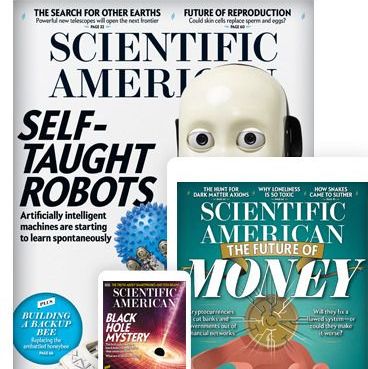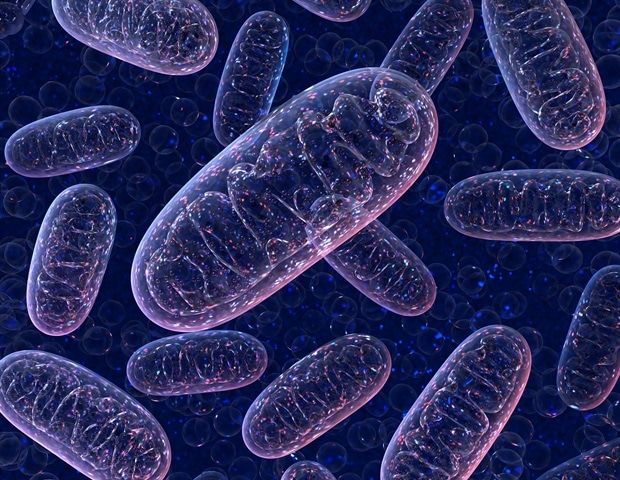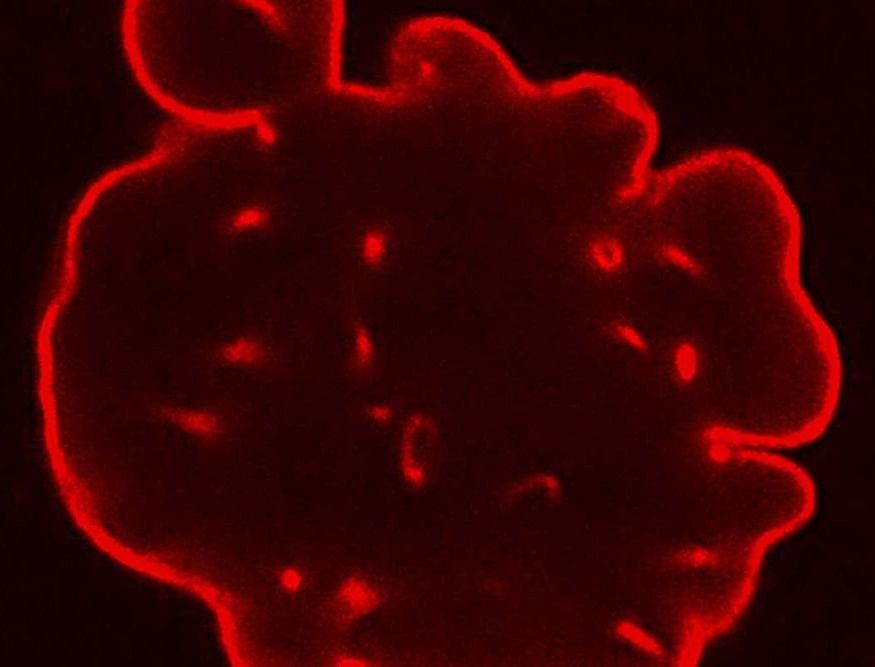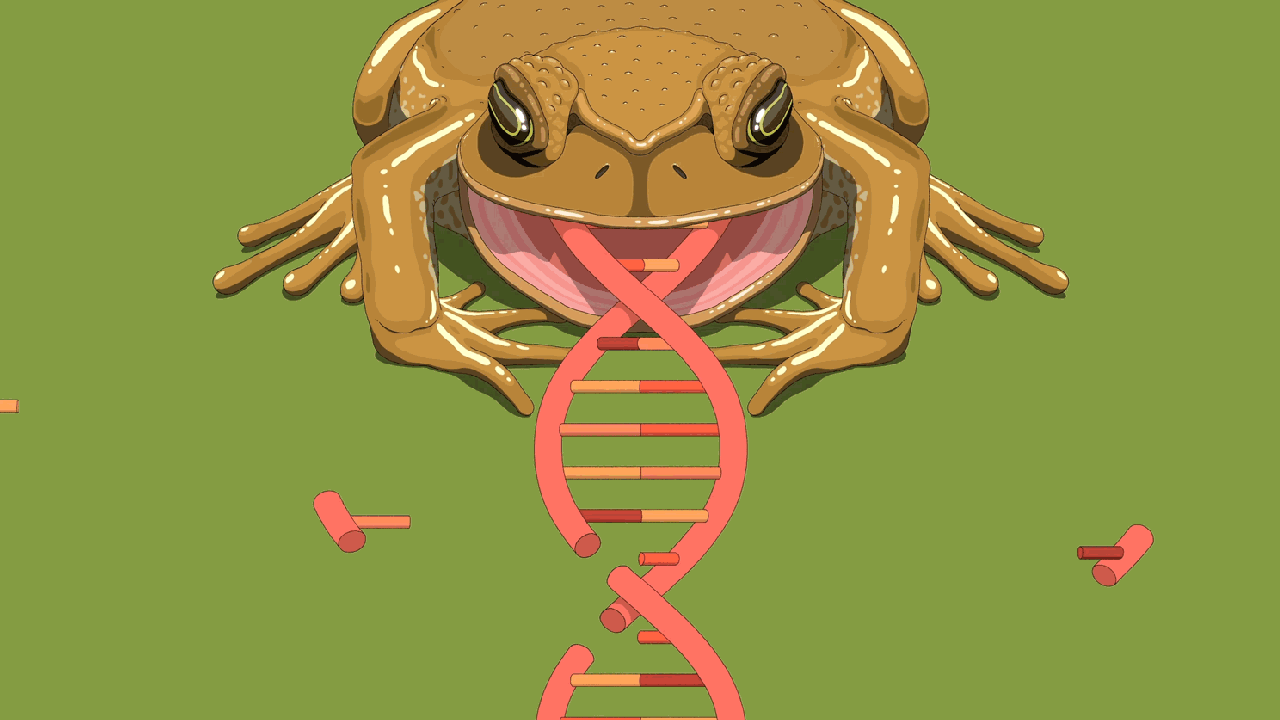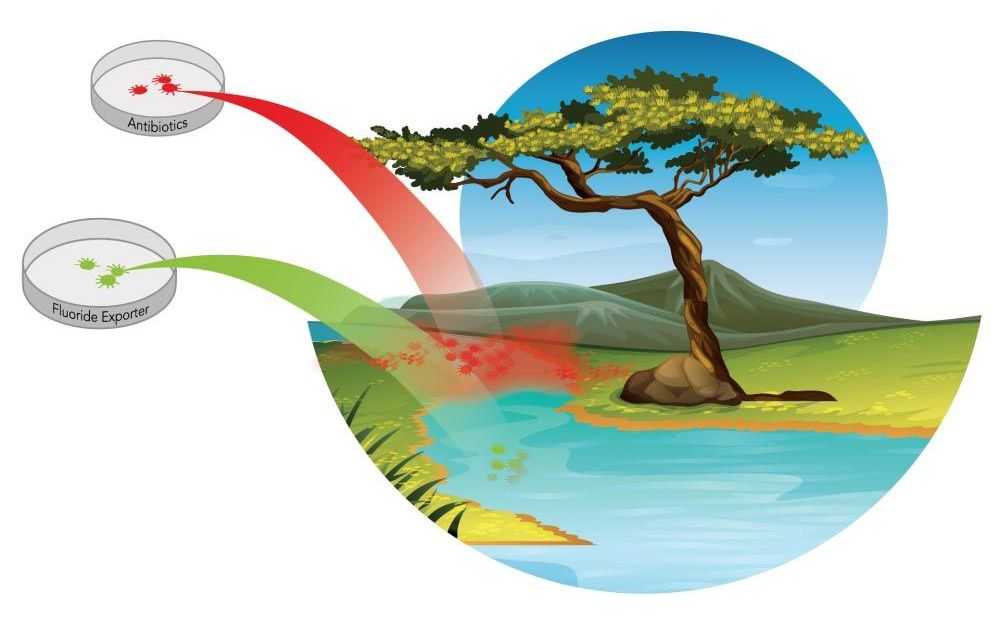New program aims to build and demonstrate ruggedized device for tactical applications.
Like.
Comment.
Linear accelerators, LINACs for short, are devices that accelerate electrons or other sub-atomic particles along a straight line to generate a beam of high energy. LINACs have a variety of commercial uses such as generating X-rays for cargo inspection, medical diagnostics, food sterilization, and even enabling precise external radiation treatments to destroy cancer cells without damaging surrounding tissue. To generate more powerful electron beams using current technology, however, requires building larger LINACs that can grow to dozens of meters or longer depending on the application. Unfortunately, powerful LINACs are too large and heavy to be practical for military use in the field.
DARPA has announced its Advanced Concept Compact Electron Linear-accelerator (ACCEL) program whose goal is to develop a powerful, deployable electron LINAC. A webinar Proposers Day for potential proposers is scheduled for January 282021.
“A high-power compact, rugged accelerator that could be transported by truck or aircraft to austere locations would provide multiple defense and homeland security benefits,” said Col. Dan “Animal” Javorsek, ACCEL program manager. “It could be used for medical treatments in locales without advanced hospitals, remote detonation of Improvised Explosive Devices, and mobile imaging or inspection of shipping containers’ contents to counter chem-bio and radiological threats. A deployable LINAC could also enable portable sterilization for foods and surfaces to prevent contamination and infection in deployed environments.”


